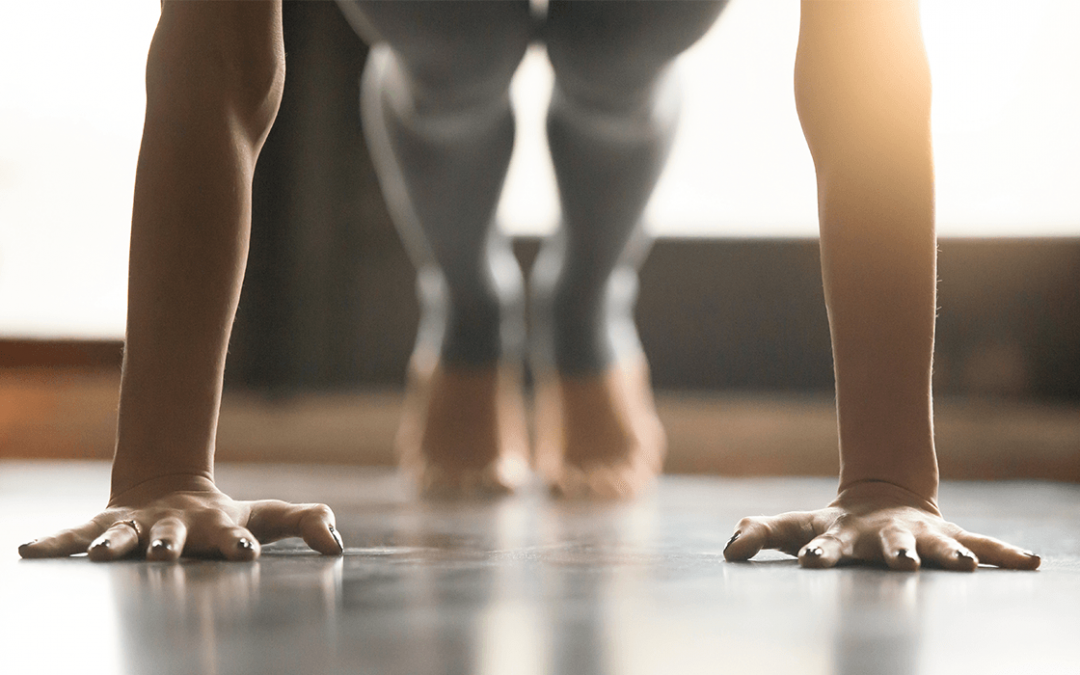If you’re done with the basic plank, it might be time for the weighted plank. This core crunching exercise has infinite variations to amp up the full-body burn. If you can hold a plank correctly for more than 60 seconds, you might be ready to step it up. Go easy to start, adjust to your liking, and prepare to engage that core.
Are you an employer? Hussle now offer flexible, discounted access to our fitness venues as an employee benefit. Elevate employee wellbeing.
What is a weighted plank?
Weighted planks, sometimes called ‘loaded planks’, are a progression of the basic plank exercise by adding a weight such as dumbbells or a weight plate to increase the resistance. You don’t tend to jump straight into them. Generally, they are performed when you’ve reached a plateau with basic planks and need to increase the difficulty. This keeps things interesting and engages the muscles at a higher level.
What type of weights can you use for a weighted plank?
Weight plates
Weight plates are the most popular choice as they can lie flat on your body. They are usually placed on your lower back but can also be on your glutes. Just make sure it’s in the middle. It’s possible to get them on yourself if you’re a solo gym goer. But it’s much easier and safer to get a partner to place the weight. Everything’s better with a buddy. The plate you use depends on your current core strength. Beginners should initially try 1kg and increase the time and weight gradually. This is a position where form is crucial. So, pay attention to your posture before stepping it up.
Weighted vest or backpack
An easy option, especially if you’re alone, is to use a weighted vest or a back pack. Just slip it on and get into plank position. You’ll feel the extra load immediately and won’t have to worry about it slipping off.
How do you perform a weighted plank
This depends on whether you’re training by yourself or with a partner.
By yourself:
Using weight plate on your own can be tricky. So, it’s important to make sure you’re doing it safely and carefully.
Some people prefer to lie flat and slide the plate onto their backs from behind. They then pop up straight into the plank. This should only be done if you are very confident you can cope with the weight. It should be a weight you could do push ups with.
Others prefer to start from their hands and knees, then stepping back into the plank position and avoiding the need to pop up. We’d recommend this way.
With a partner.
Get yourself into plank position. Have your training partner place a weighted plate on your back. Focus on maintaining a flat upper back by pressing your forearms into the floor and keeping the legs pressed together. Don’t let your hips sag. Brace, breathe and hold.
If you’re looking for an extra challenge, try a one leg weighted plank. Simply raise one leg in the air whilst holding the plank.
What are the benefits of a weighted plank?
There are plenty of reasons you might want to include this exercise in your routine:
1. Adding weight to your plank helps build back strength and stability and greatly increases core strength. This is especially true if the basic plank doesn’t challenge you anymore.
2. The weighted plank is an isolated exercise. This means it doesn’t involve any movement. It’s low impact so won’t bother your joints either.
3. It engages the entire body and can help to improve your posture. It’s a great choice for people who sit at desks all day or suffer from lower back pain.
4. Aside from the obvious physical strength they build, weighted planks also help you feel mentally stronger. Holding an isometric move steady whilst resisting the body’s urge to move develops self-discipline and focus.
What muscles do planks work?
Weighted planks are more of a full body workout than you probably realise. It’s mainly a core movement, but your core is made up of many different muscle groups in your stomach and back. Effectively anything in your torso can be classed as your core. Muscle groups in your arms and legs help to stabilise you too so it’s likely you’ll feel the burn there.
Ready to put it into practice? Get access to any gym in our network. Take it day by day. Or month by month. No commitment or contract needed. No hassle, just Hussle.



